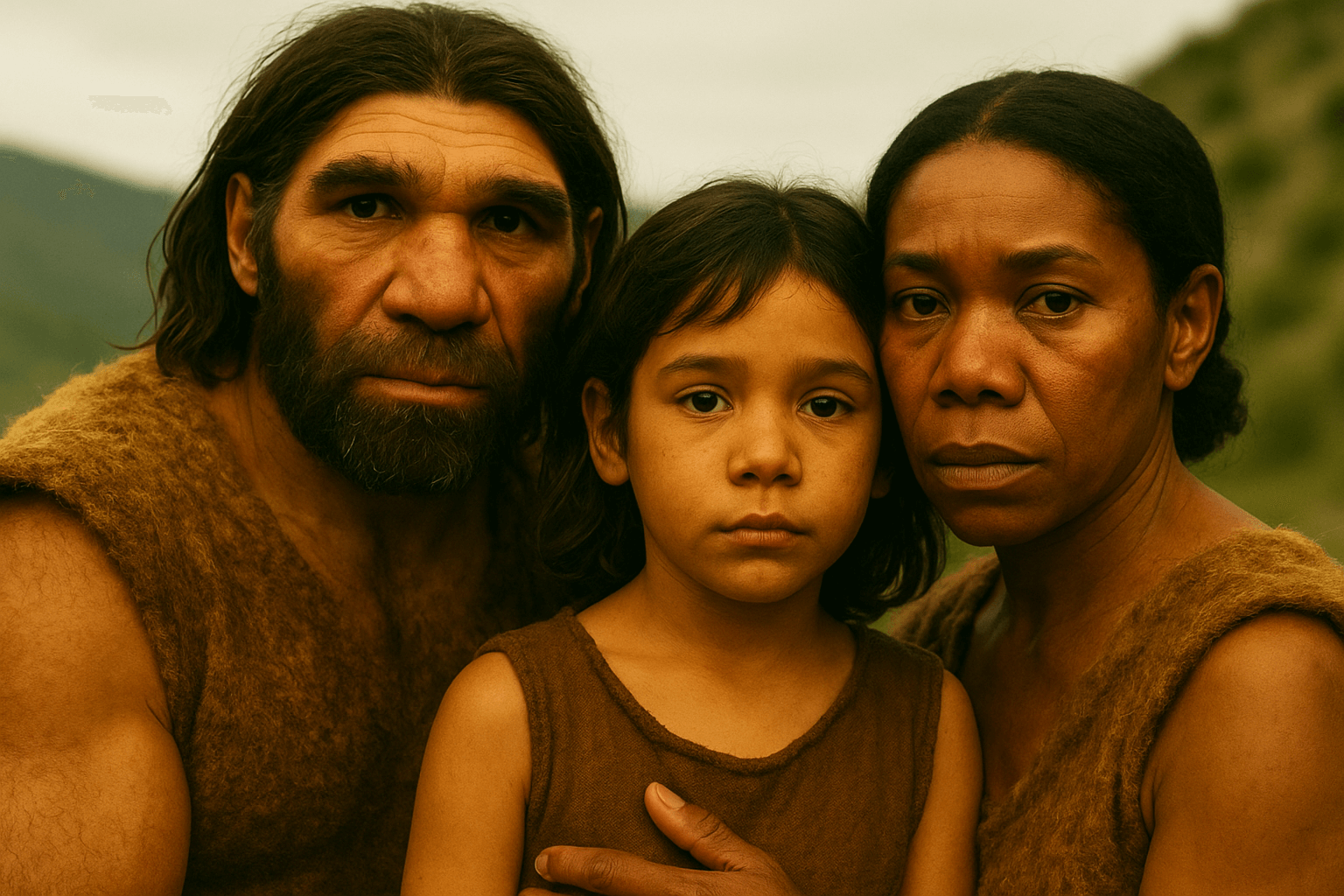In a momentous event that bridges the chasm between ancient grandeur and modern innovation, Rome recently bore witness to the unveiling of a monumental replica of Emperor Constantine's statue. This awe-inspiring reconstruction stands as a testament to both the ruler's enduring legacy and the remarkable capabilities of contemporary technology in resurrecting the past.
Emperor Constantine, a pivotal figure in the annals of history, cemented his place as one of Christianity's most influential proponents by embracing the faith and catalyzing its spread throughout the Roman Empire. His significance reverberates through the corridors of time, and now, in a stroke of artistic and technological ingenuity, a 13-meter behemoth of a replica graces the grounds of the Capitoline Museums in Rome.
Crafted from meticulous 3D modeling derived from scans of the original marble fragments, the reconstructed statue stands tall, casting an imposing gaze over the city that once bore witness to the zenith of his power. Draped in a resplendent gilded tunic, clutching a scepter and orb, Emperor Constantine's visage embodies both the majesty and the weight of authority that defined his reign.
The unveiling ceremony was not merely a display of artistic prowess but a profound moment of historical resonance. Salvatore Settis, an esteemed archaeologist and art historian, remarked, "In this statue, there’s not just beauty; there’s the violence of power." Indeed, the presence of Constantine, rendered in colossal form, serves as a poignant reminder of the complexities inherent in wielding authority and shaping the course of civilization.
Behind the scenes, the project bore the imprint of the Factum Foundation, a Madrid-based nonprofit renowned for its commitment to preserving cultural heritage through innovative means. Employing a blend of cutting-edge materials such as resin, polyurethane, and marble powder, coupled with traditional techniques like gold leaf and plaster, the artisans meticulously brought the emperor's likeness back to life.
The significance of this endeavor extends beyond the confines of Rome, reaching across the seas to northeast England, where a second iteration of the statue is poised to take its place. Here, amidst the storied landscape where Constantine once stood guard over Hadrian's Wall, another chapter in his legacy unfolds, bridging the geographical expanse between past and present.
As Adam Lowe, the visionary founder of the Factum Foundation, eloquently stated, "This whole dynamic about how you use technology to transform our understanding of and the importance of cultural heritage is the core mission of the Factum Foundation." In breathing life into the specter of antiquity, the Foundation not only honors the memory of Emperor Constantine but also underscores the enduring relevance of history in shaping our collective identity.
In conclusion, the resurrection of Emperor Constantine's statue stands as a triumph of artistry, technology, and historical preservation. It serves as a beacon of inspiration, reminding us of the indelible imprint left by those who have shaped the course of human civilization and the boundless possibilities that emerge when the past and present converge in harmony.









